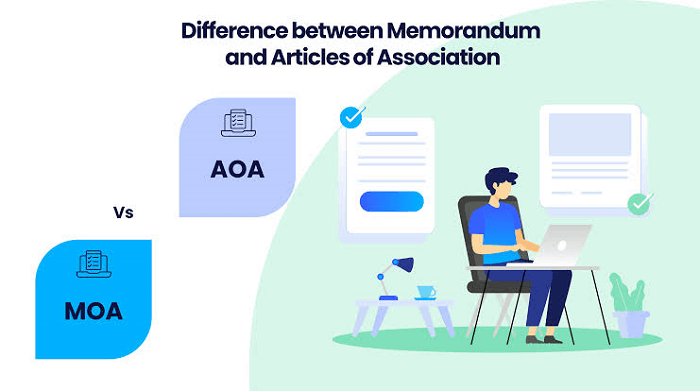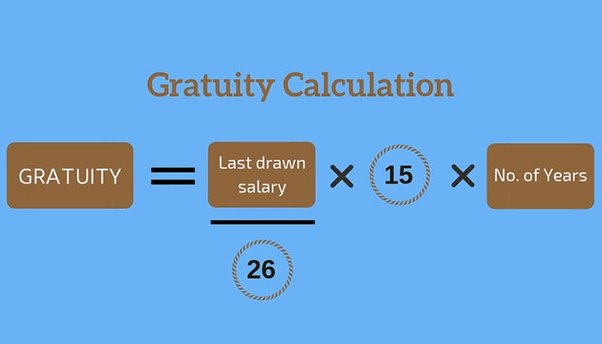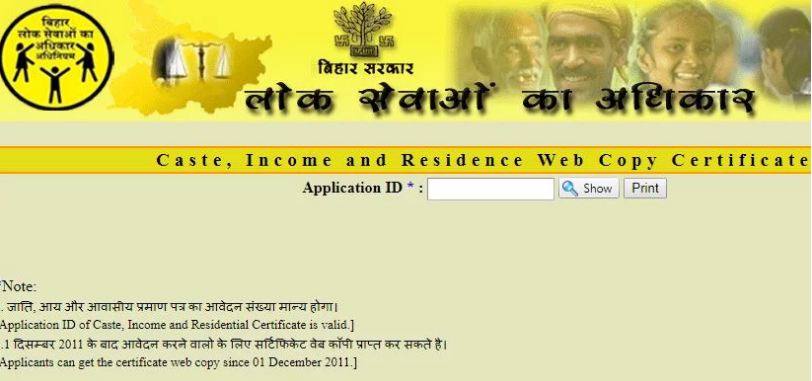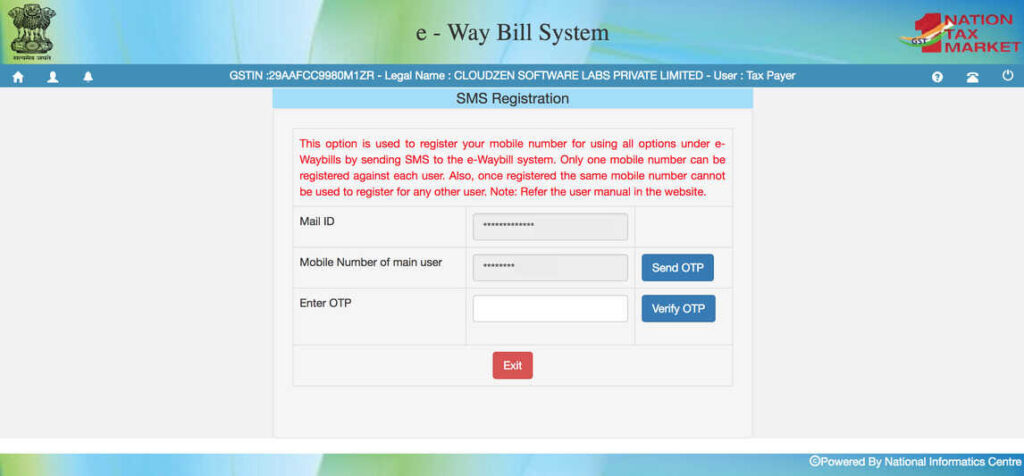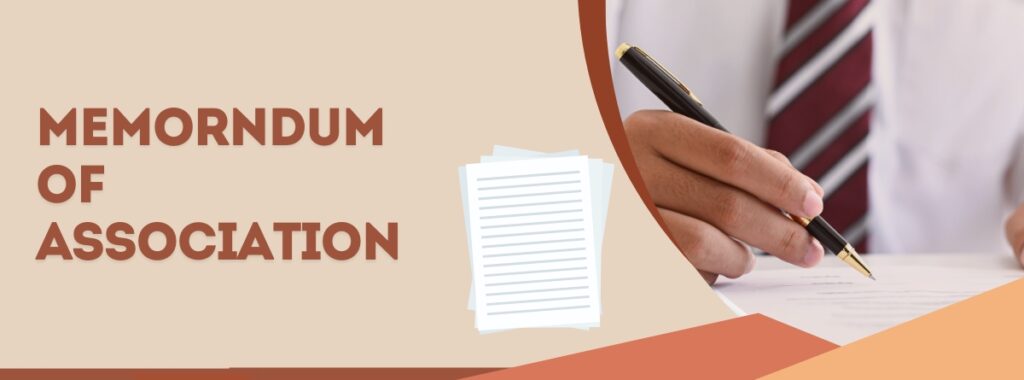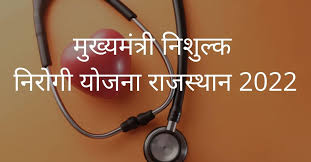Differences between MOA and AOA
The MOA (Memorandum of Association) and AOA (Articles of Association) are the two foundational documents required for incorporating a company. The MOA is the constitution document of the company consisting of all its basic details and the AOA is a document which contains all the rules and regulations formulated by the company for its internal management. Detailed Difference between MOA and AOA Parameter MOA AOA Defines Basic details of the company Rules and regulations abided by the company Subordinate to Companies act Memorandum Components Clauses as defined in the following sections Can be modified as required Nature Public Private Amendable Cannot be amended retrospectively Can be amended retrospectively Required for Every company Private companies Needed during registration Yes No What is a MOA (Memorandum of Association)? The Memorandum of Association (MOA) is considered as the constitution or Charter of the Company, as it contains all the basic legal information about it, including its name, address, purpose of establishment, capital, and nature of liability of its shareholders. The document is drafted by all the directors of the company and is signed by all its shareholders. It is submitted to the ROC for registration during the incorporation of the company.The MOA of an existing company is a publicly accessible document and all the details it contains are available for public verification and inspection. So, it can also be said that a company cannot be formed without a Memorandum of Association of MOA. The MOA defines the objectives, powers and scope of the company beyond which the company is not allowed to operate, i.e. it limits the scope of the company’s activities. Every member and officer of the company, such as its shareholders, creditors, investors, etc., should be familiar with the MOA to understand the overall scope and objectives of the company. What is an AOA (Association and Article of Association)? AOA is a legal document which defines the rules and regulations of the company formulated for its internal administration and day to day management. In this context, the Articles of Association specifies the rights, responsibilities, powers and duties of the members and directors of the company, and also provides information on how a company should maintain its account and audit records.All companies should draft their Articles in a manner specific or suitable to their own needs and requirements. The document is drafted by the directors of the company and signed by all its shareholders. Like the MOA, the AOA is also required to be submitted to the ROC during the incorporation of the company. After incorporation, even the MOA becomes publicly accessible and available for public viewing and inspection. What is the Difference Between MOA and AOA? The first difference between MOA and AOA is that MOA describes the powers and objectives of the company while AOA defines its rules. In the event of any inconsistency between the Memorandum and the Articles of Incorporation as to any provision, the Memorandum of Association shall prevail over the Articles of Association. The memorandum of association contains information about the company’s powers and objectives. Conversely, articles of association provide information about the company’s rules and regulations. To amend the MOA, a special resolution must be passed at the Annual General Meeting with the prior approval of the central government, while amendments to the AOA can only be made by a Special Resolution (SR) at the Annual General Meeting (AGM). At the time of incorporation, the MOA is required to be registered with the Registrar of Companies. In the case of AOA, the company is not required to meet such requirements, although there is a provision for voluntary registration. MoA Vs AoA : Difference Table Points of Difference Memorandum of Association Articles of Association Objective The major objective of creating the MOA of a Company is to define the relationship between the Company, its shareholders, all third parties. The major objective of creating the AoA of a Company is to define the relationship between the company and its internal management. Purpose The MOA contains all the foundational legal information about the company available with the ROC, like its name, registered address, capital, liability, and primary business activity. The AOA contains the rules, regulations, and procedures involved in the internal management of the company. Legal Provisions Section 4 of the Companies Act deals with the provisions for MOA of a Company. Section 5 of the Companies Act deals with the provisions for AOA of a Company. Supremacy The MOA is drafted in accordance with the provisions of the Companies Act, 2013. So, beyond the Act, the MOA is the most supreme document of the company, and any other draftings or filings cannot contain any information or provision which violates the content of the MOA. The AOA is drafted in accordance with the Companies Act, 2013, and the MOA of the Company. So, it cannot contain any provisions which violate the provisions of the Companies Act, or the MOA of the Company. Structure & Content The content of the MOA is divided into 6 different clauses, containing specific information in each of these clauses. Among these clauses are, the name clause containing the legal name of the company, the situation clause containing its registered address, the objective clause containing all its business activities, the clauses for liability and capital containing details regarding the liabilities of the shareholders and their capital subscription respectively. The format of AOA is categorized into different tables, applicable for different kinds of companies. For instance, the AOA of a Company limited by shares is drafted according to TABLE F format. Further, each of these tabular formats are divided into articles containing the rules and regulations for the internal management of the company. Applicability It is mandatory for all types of companies to draft their Memorandum of Associations in the prescribed formats and submit to the ROC during their incorporation. Although it is mandatory for all types of companies to draft their Articles of Associations, it is not mandatory to submit the same to the ROC during incorporation. FAQs How to find the
Differences between MOA and AOA Read More »
